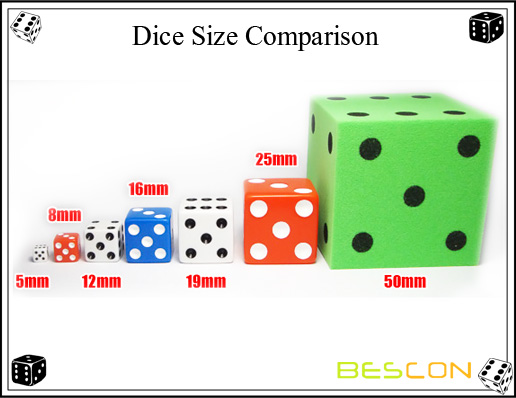The research team of Zhao Yun and Zhang Lei of the Shanghai Institute of Biochemistry and Cell Biology, Chinese Academy of Sciences, revealed a new partial protein degradation mechanism during a collaborative research with Chi-chung Hui, a professor at the University of Toronto in Canada. Related research results were published online in the academic journal "Development Cells" a few days ago. According to reports, ubiquitination degradation of proteins is an important regulatory mechanism involved in various life activities in cells. In this process, the protein itself will be modified with a small molecule called ubiquitin to form a ubiquitin chain, which will be recognized and degraded by the proteasome as a tag. In addition to the complete degradation of proteins, it has been found that some proteins will be partially degraded by the ubiquitination-proteasome system, producing a truncated form of protein fragments with biological functions. Among them, the most typical example is the Ci / Gli family of proteins, which act as a transcription factor that directly binds to DNA, regulating the activity of the Hedgehog signal transduction pathway that is closely related to cancer. In recent years, there has been a lot of research on the partial degradation of Ci / Gli protein, but the molecular mechanism of proteasome selection to achieve partial degradation is still unclear. Under the guidance of researchers Zhao Yun and Zhang Lei, doctoral student Zhang Zhao and others conducted a systematic study on the partial degradation mechanism of Ci / Gli protein using Drosophila as a model organism. The study found that Cul1-Slimb can specifically form a K11-linked ubiquitin chain on Ci protein, which is different from the traditional K48-linked ubiquitin chain-mediated degradation. Further research found that the Ter94 / p97 protein complex as an ATP hydrolase also specifically participates in the partial degradation of Ci protein. The Ter94 / p97 protein complex can recognize the K11-linked ubiquitin chain, and selectively deliver K11 ubiquitinated Ci to the proteasome for partial degradation. Industry experts said that the discovery revealed for the first time that the ubiquitin chain in the form of Ter94 / p97 and K11 connection played an important role in the partial degradation of protein, and also provided a potential drug target for cancer treatment caused by Gli abnormal activation. The research work was supported by funding from the Ministry of Science and Technology, the National Natural Science Foundation of China and the Chinese Academy of Sciences.
18MM(0.7") dice is chunkier and a bit heavier than their 16mm siblings, it make excellent, easy-to-read game dice, particularly for tabletop games requiring 1 to 3 dice. We have both straight and round style for choice. 18MM Dice is a little smaller than standard casino size 19MM.
With all the sizes of dice available, don't know which size you need? Is a 12MM Dice big enough to easily game with? Just how large is a 25mm dice compared to other game components? Take a look below at our examples of all the common dice dimensions to find out!
18MM Dice 18MM Six Sided Dice,18MM Dice Wholesale,18MM RPG Dice Set,18MM Colored Game Dice BESCON INDUSTRIAL CO., LIMITED , http://www.besconcn.com
